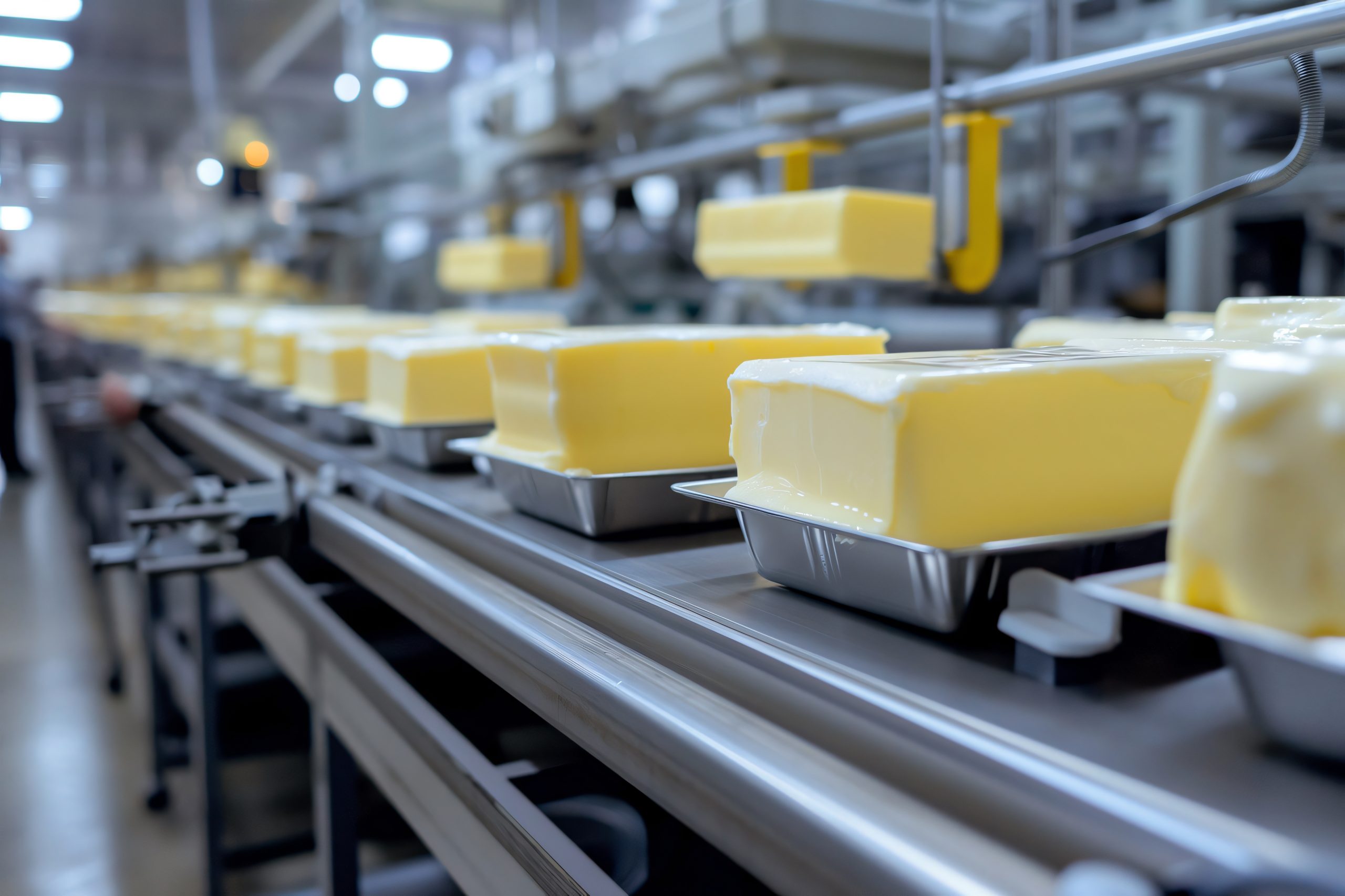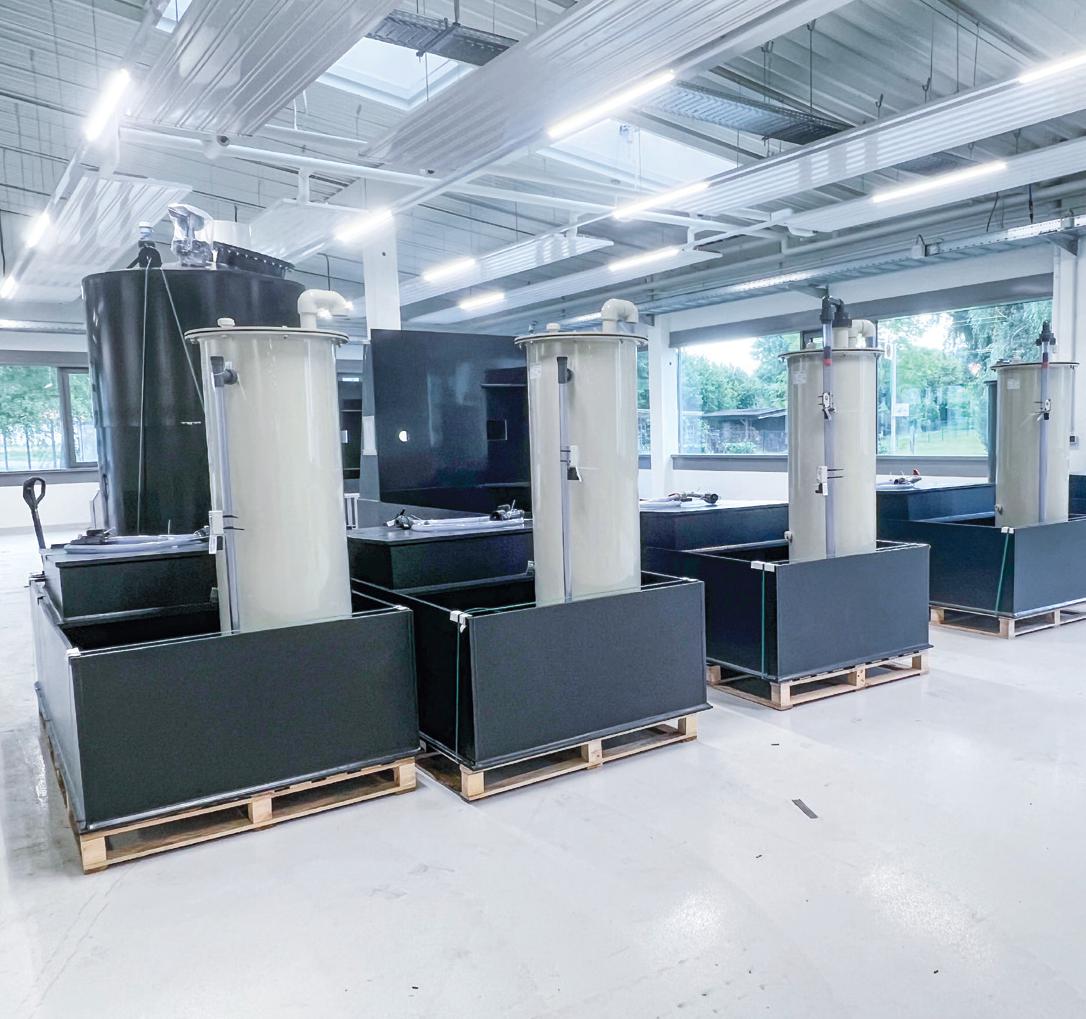The Energy Observer is the world’s first ship to become completely independent of energy, without greenhouse gas emissions or fine particles. The former racing boat was converted into a ship fit for the future and, thanks to a mixture of renewable energies and a hydrogen production system that produces carbon-free hydrogen on board from seawater, it operates with electric propulsion. A sera compressor is included! Hydrogen and fuel cells are set to become a team of the future. What is the current situation with the development of technology and global market development?
The energy supply of the future is being discussed all over the world – it should be safe, affordable and environmentally-friendly in order to reduce the overall primary energy consumption and CO2 emissions.
The fuel cell offers tremendous potential for this due to its wide range of applications. It can be used to compensate for fluctuating power generation from renewable energies and will play an increasingly important role in topics regarding electrolysis, such as the energy supply of buildings and industrial processes, but also vehicle propulsion in the future.
The fuel cell technology is anything but new. About 180 years ago, the British physicist, Sir William Grove, revealed that the electrolysis process can be reversed. In 1839 he demonstrated with his ‘galvanic gas battery’ that electricity could be generated by the so-called ‘cold combustion’ of hydrogen and oxygen. Unfortunately, his invention failed to catch on at that time. Use in submarines and in space travel in the 50s and 60s also did not bring the breakthrough which had been hoped for, since the stringent technical requirements and high costs prevented the introduction to the market to achieve mass deployment.
Automobile manufacturers, train manufacturers and businesses have nevertheless continued their research into a sustainable and decentralised energy supply. Test runs with hydrogen cars, buses and industrial trucks as well as the first fuel cell trains as of September 2018 are now taking place on the road in German light rail traffic. The first electrically self-sufficient detached house and blocks of flats are possible.
Market development in Germany and worldwide
The German fuel cell industry is on the verge of gaining access to extensive market launches, and in other countries, sights are firmly set on fuel cells and hydrogen, which applies to an even greater extent. According to a study by the Hydrogen Council (13 businesses that want to promote the market launch of hydrogen technology) and McKinsey & Company from 2017, the CO2 savings potential until 2050 is enormous (up to six gigatons). In contrast, there are also substantial investments that would have to be made for the hydrogen infrastructure (up to 25 billion US $ per year). The key drivers in the industry are Asia, Europe and North America.
According to the above-mentioned study, Japan has the ambitious goal of bringing up to 800,000 fuel cell cars onto the roads by 2025 and installing 320 hydrogen filling stations in order to introduce hydrogen technology throughout the country. In addition to the transport sector, the supply of domestic energy is also on Japan’s future agenda. More than 5 million fuel cell systems are to be installed by 2030. China is pursuing equally ambitious targets in this regard. Up to 1 million fuel cell cars will be driving on China’s roads by 2030 according to the study. A massive investment programme by the government, which provides subsidies for fuel cell cars, transporters, buses and trucks, is expected to help with implementation.
In California, the US state with the strictest exhaust emission limits, fuel cell cars also play an important role in meeting the strict requirements of the ‘zero emission programme’ that has been in place since 1990. In addition, tax concessions have helped to introduce stationary megawatt fuel cells to the market. Forklift trucks with fuel cell drive technology for logistics centres are also in high demand. If we consider Europe, it is clear that a large part of the demand initially comes from demonstration projects for a wide range of applications. It is interesting to note in this context, however, that the development of fuel cell applications for trains, trucks and ships stands out globally. The world’s first fully energy-autonomous ship started from Paris in June 2017 and has been sailing across the world’s oceans ever since.
Energy Observer as a showcase project
The Energy Observer is the first ship in the world to operate completely autonomously in terms of energy, without emitting any greenhouse gases or fine particles. The former racing boat was converted into a ship fit for the future and, thanks to a mixture of renewable energies and a hydrogen production system that produces carbon-free hydrogen on board from seawater, it operates with electric propulsion. The ship of the future started its world tour at the end of June 2017.
The crew and the 30 metre long and 12 metre wide giant catamaran started in Paris, initially heading for twelve stations in France. In 2018, the Mediterranean Sea was on the touring schedule to reach Northern Europe (including Hamburg) in 2019, then North and South America, Oceania and Asia, and in 2022 to return to the home port of Cherbourg via South East Asia and Africa.
A sera product is fortunately also on this journey around the world to contribute something to the exploration of the energy world of the future. The sera compressor forms a compression system together with a compressor from our distribution partner Nova Swiss. This compresses the hydrogen produced from seawater by an electrolyser, first from 30 to 160 bar by means of a ‘booster’ (from sera) and then in a second stage to 350 bar which is then stored. As soon as all batteries are charged by wind and solar energy, the electrolyser is driven by excess electricity. If required, the stored hydrogen is converted back into electricity by a fuel cell.
For six years, the Energy Observer will travel to 50 countries and, during its journey and 101 stopovers, will meet people who have the common goal of making our world a cleaner place.
The ‘Coradia iLint’ from Alstom also had a world premiere this year in September, because it was the first hydrogen train to receive approval for passenger use in German rail traffic and is now running regularly as a pilot project on a 100 km route between Cuxhaven, Bremerhaven, Bremervörde and Buxtehude. The development of the train was subsidised by the Federal Government with eight million euros as part of the National Innovation Programme Hydrogen and Fuel Cell Technology (NIP).
The current coalition agreement also stipulates that this innovation programme will be continued and that hydrogen technology will be advanced in many different areas of application. Together with the plans from Asia and North America, there are positive signs that this competitive technology will soon be ready for the market.
sera is an innovator in the field of hydrogen
Developments in hydrogen technology have also been well and truly underway at sera for years. Our products can be used in each and every range of application for fuel cell technology. From hydrogen filling stations for the transport sector (cars, trucks, buses, industrial trucks, ships and trains) to power to gas compression stations and home energy systems.



